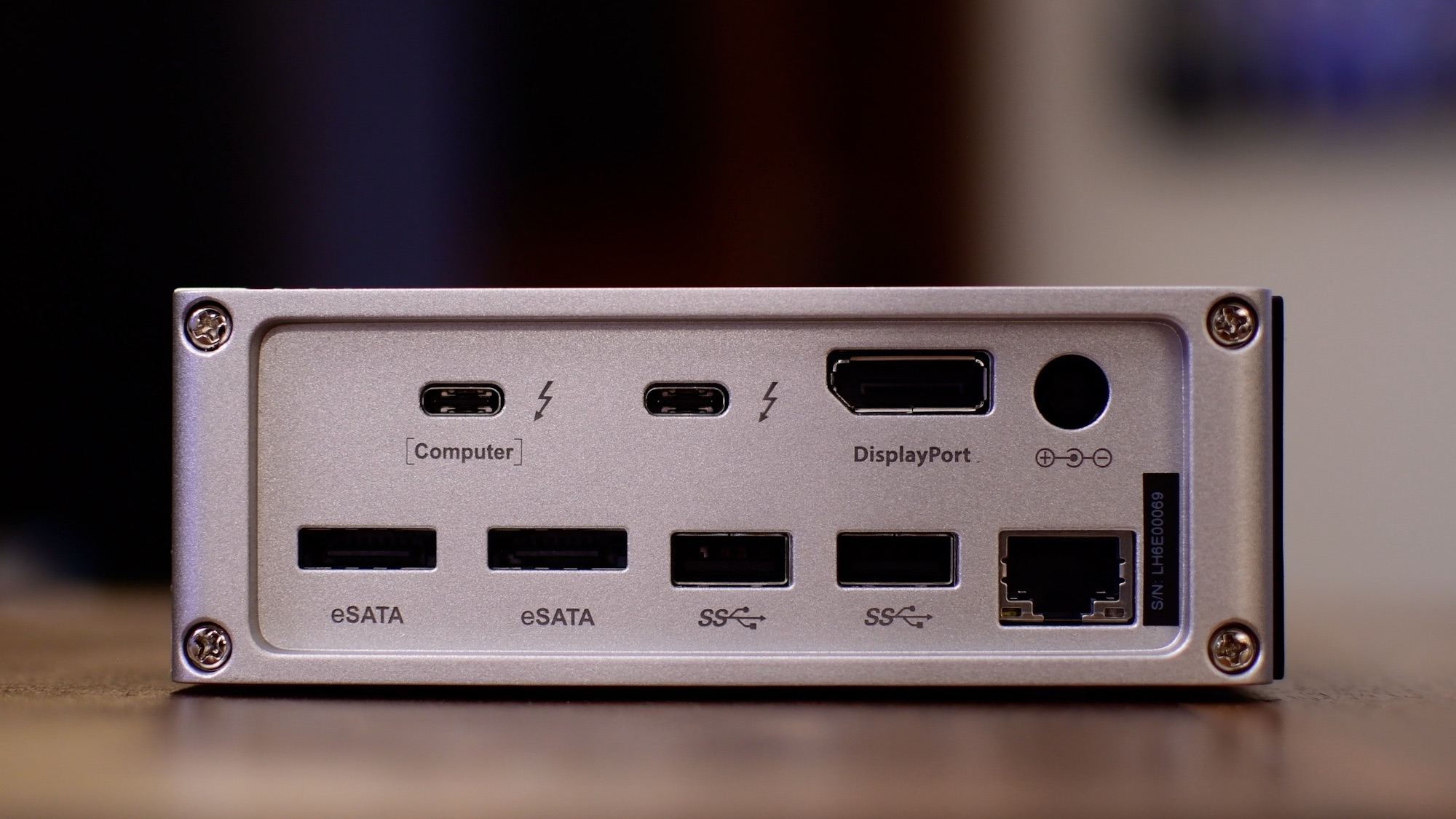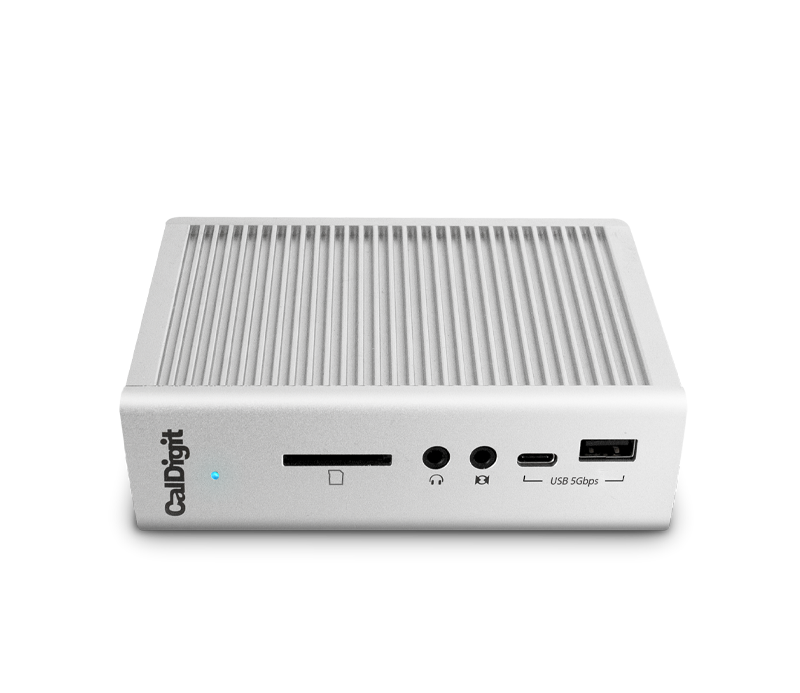

More speed also opens up more possibilities.
#Caldigit 2 port usb 3 drivers for mac pro tv#
When has anyone ever complained about a backup finishing sooner? Is it a bad thing that more people can stream high-def movies at the same time? Is anyone not buying a 4K UHD TV because it consumes more electricity? Of course not. On the other hand, I did mention that annoying lag. Also, 10/100/1000 ethernet is very power efficient compared to the faster standards. Client backups over gigabit ethernet aren’t much slower than vanilla USB, and generally fire off in the background where you won’t notice anyway.
#Caldigit 2 port usb 3 drivers for mac pro 1080p#
Gigabit ethernet handles 1080p and even 2160p (given a low enough bit rate) video streams just fine-at least for a limited number of users. Who needs multi-gig?īeyond bragging rights, the average consumer doesn’t absolutely need multi-gig. QNAP’s QSW-1105-5T has five 2.5GbE ports, but none of the other business-oriented features that would drive up its price tag, which is just $99. To address that qualifier, let’s do an all-important sanity check. Long story short, this is a great time to update-if you need the speed. Today, far-more-affordable 2.5GbE is available via PCIe and USB adapters, NAS boxes, enthusiast motherboards, and 2.5GbE switches are on the scene to the tune of around $25 a port. It was introduced, you guessed it, partly because 10Gbe stubbornly remained expensive to buy and operate. Likely the only reason 10GbE prices have dropped at all is because an intermediate standard- IEEE P802.3bz, aka multi-gig, 2.5Gbps and 5Gbps Ethernet (2.5GbE/5GbE)-was introduced in 2016. That’s not even counting the standard's increased power consumption. As fantastic as 10GbE is, only in the last couple of years of its 15 years of availability has it dropped from prohibitively expensive (around $50 a port) to relatively affordable ($35-$40 a port). Until quite recently, upgrading from gigabit meant a rather hefty investment in 10GbE (10-gigabit-per-second ethernet) equipment. Note that there are 8 bits (the small “b” in gigabit) in a byte (the capital “B” in megabyte) so bit speeds are 1/8th byte speeds. In short, it’s the last remaining bottleneck in your computing experience but it’s easy to fix-upgrade to multi-gig. Your garden variety gigabit 1Gbps ethernet delivers only 120MBps transfers (about the speed of an older USB hard drive) and slow seeks.

Depending on how heavily you use it, it’s your network.

Basically, computing lag due to slow storage has disappeared. External USB SSDs regularly top 500MBps, and even the sustained throughput of conventional hard drives has jumped from 125MBps to 250MBps. SATA 6Gbps SSDs, then 2- to 4GBps NVMe (Non-Volatile Memory Express). And over the ensuing decade, computer storage mechanisms have grown dramatically faster. Truth be known, CPUs stopped being a bottleneck to your computing experience ten years ago.


 0 kommentar(er)
0 kommentar(er)
